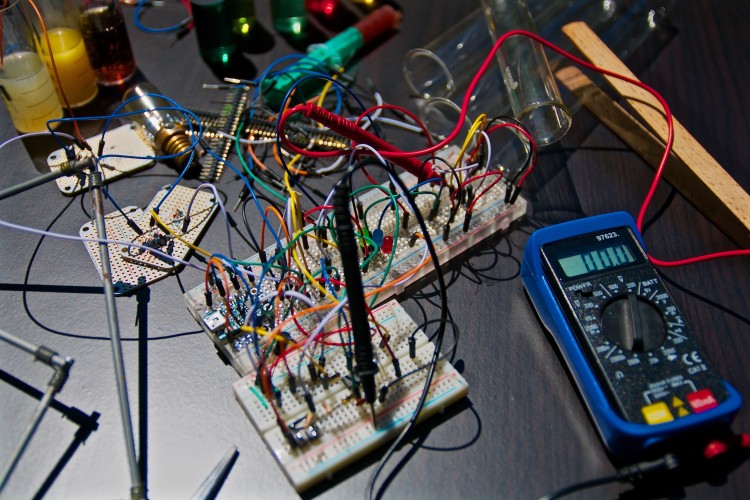
Electrical and Electronic Engineering (EEE) is a broad field of study that encompasses the application of electricity, electronics, and electromagnetism to design, analyze, and develop various electrical and electronic systems. The distinction between electrical and electronic engineering is becoming less clear as technology advances, but generally, electrical engineering focuses on large-scale electrical systems such as power generation and distribution, while electronic engineering deals with smaller-scale electronic systems, including circuits and communication systems.
Here are some key areas within Electrical and Electronic Engineering:
Circuit Design: Involves designing and analyzing electrical circuits, ranging from simple ones found in consumer electronics to complex integrated circuits used in computers and other digital systems.
Power Systems: Focuses on the generation, distribution, and control of electrical power. Power engineers work on projects related to power plants, power grids, and renewable energy sources.
Electronics: Encompasses the design and development of electronic devices and systems. This includes digital and analog electronics, microelectronics, and integrated circuit design.
Signal Processing: Involves the analysis, interpretation, and manipulation of signals. This field is crucial in areas such as telecommunications, audio processing, and image processing.
Control Systems: Deals with the design and analysis of systems that automatically regulate and control processes. This is critical in applications like robotics, automation, and industrial processes.
Communications Engineering: Focuses on the transmission and reception of information through various communication mediums, including wired and wireless systems. This field is integral to the development of networks, telecommunication systems, and data transmission technologies.
Electromagnetics: Studies the behavior of electric and magnetic fields and their interactions. Applications include antennas, microwave systems, and electromagnetic compatibility.
Renewable Energy: Involves the design and implementation of systems that harness energy from renewable sources, such as solar, wind, and hydropower.
Computer Engineering: Overlaps with electrical and electronic engineering, specifically focusing on the design and development of computer systems, including hardware and software.
Robotics: Integrates electrical and electronic components with mechanical systems to design and build robots for various applications.
As technology continues to advance, Electrical and Electronic Engineering professionals play a crucial role in developing innovative solutions in fields such as automation, artificial intelligence, the Internet of Things (IoT), and more. The interdisciplinary nature of the field requires engineers to have a strong foundation in both theoretical principles and practical applications.